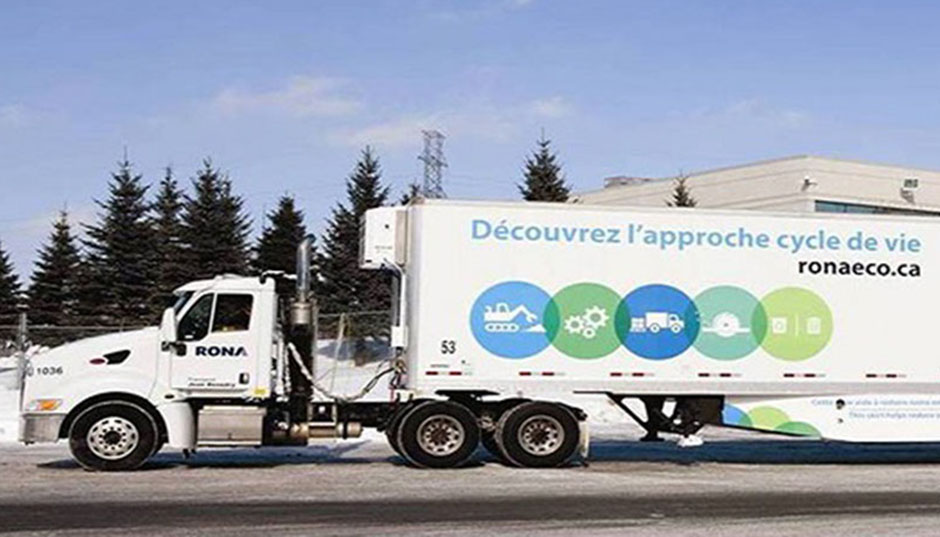How green is a product? It is certainly greener with life cycle assessment (LCA), a new scientific method for analysing ecological footprints from cradle to grave. RONA has embraced this rigorous approach as part of its commitment to leadership in sustainability. In collaboration with the International Chair in Life Cycle Assessment, a research unit of the Interuniversity Research Centre for the Life Cycle of Products, Processes and Services (CIRAIG) at École Polytechnique de Montréal, the major Canadian distributor and retailer of hardware products has applied this internationally recognized methodology in developing its RONA ECO line of products.
LCA evaluates the environmental impact of a product, service or process at each stage of its life cycle: resource acquisition, manufacturing, packaging and transportation, use, and disposal or recycling. Since 2008, RONA has been using this approach to identify products that generate less greenhouse gas emissions, have less impact on water, human health and ecosystems, and consume less non-renewable resources than conventional products.
RONA stores now offer some 500 products that bear the RONA ECO label, offering en eco-friendly solution for customers who want to reduce their impact on the environment.
RONA stores now offer some 500 products—cleansers, biodegradable bags, compact fluorescent light bulbs and much more—that bear the RONA ECO label, offering en eco-friendly solution for customers who want to reduce their impact on the environment.
However, identifying the “greenest” products is no easy task! “LCA is a process that involves extensive modelling and requires the management of huge databases”, notes Valérie Bécaert, executive director of CIRAIG. “The entire RONA ECO line has been approved by our researchers.” The researchers have developed calculators, rating systems and comparison tools for RONA’s products and suppliers, with the goal of helping the company to verify the environmental claims made by its suppliers and to identify the real advantages of every ecological attribute. For example, a compostable product is more eco-responsible than its non-compostable counterpart only if composting facilities are available wherever the product ends its useful life.




